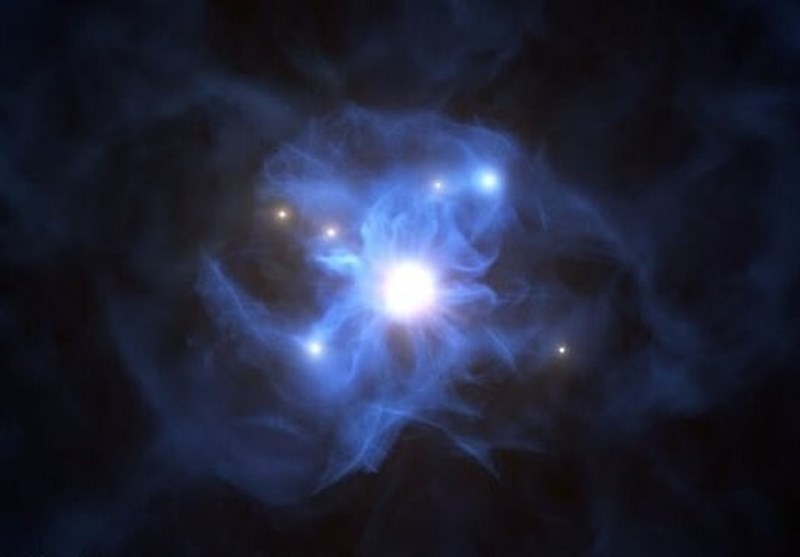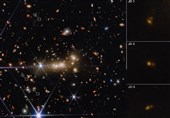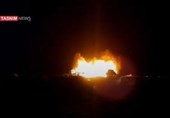Earliest Stars Were Likely 10,000 Times Size of Our Sun
TEHRAN (Tasnim) – The very first stars in the universe may have been roughly 10,000 times the mass of the sun and about 10,000 times larger than the biggest stars today, according to a report from Space.com.
As a point of reference, the largest stars today are roughly 100 solar masses, as those stars from a bygone era would no longer be possible. The new paper paints a picture of an early universe teeming with activity.
A team of astrophysicists used state-of-the-art computer simulations to better understand what was happening in the dark ages of the universe. In their paper, published in the preprint server arXiv, they detailed the results of these simulations.
They showed that complex interactions led to massive star formations that wouldn't be possible today. Unlike similar studies, their investigation focused on cold fronts, fast-moving streams of cold matter.
Before star formation started to take place in the cosmos, neutral gas collected and began to clump together. Hydrogen and helium, meanwhile, released heat, allowing clumps of that neutral gas to reach higher densities gradually. Those high-density clumps became very warm and started producing radiation that broke apart the neutral gas and prevented it from fragmenting into smaller clumps. Ultimately, this allowed these clumps to grow into enormous sizes.
These pools of neutral gas eventually formed accretion discs in the universe's first proto-galaxies. Meanwhile, massive cold fronts advanced all the way to these accretion disks outside these galaxies. The resulting reaction led to the first stars in the cosmos.
Those first stars were formed from massive clumps of neutral gas that ignited their fusion cores simultaneously, leading to enormous suns. According to the scientists, those first stars will have been incredibly bright and would have had extremely short lives, as far as stars go. They would have died in massive supernovas less than a million years after forming.
Those supernovas will have blasted elements heavier than hydrogen and helium across the cosmos, leading to the next round of star formation. However, these heavier elements would also create conditions that would never allow such massive stars to form again.






